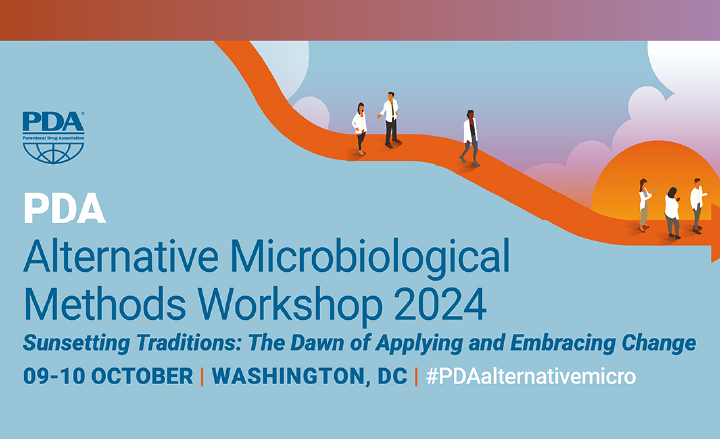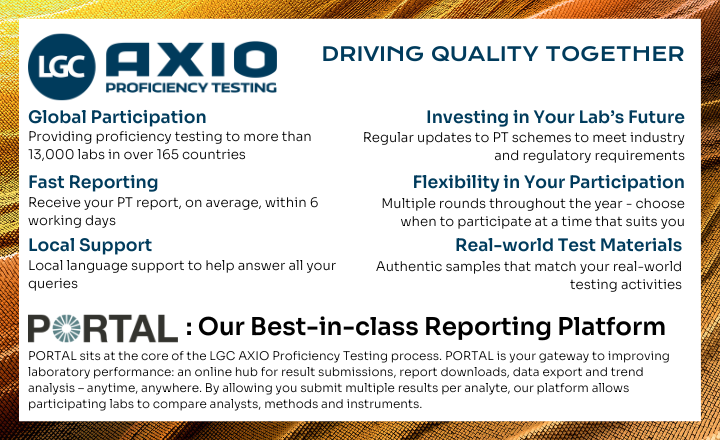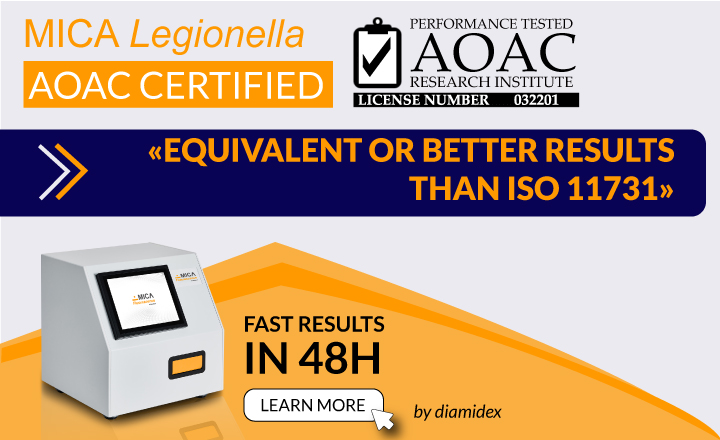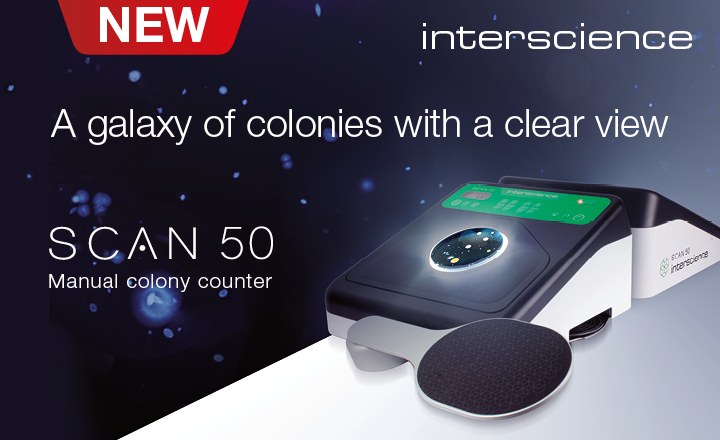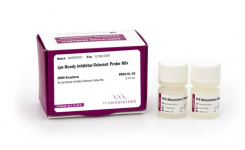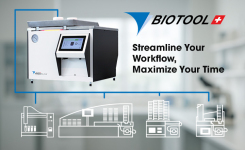
A review by Fiona Cawkell, Campden Microbiology Scheme Manager, Campden BRI
Ensuring there is knowledge of the levels of microbiological contamination is an important part of protecting the quality and safety of food. Erroneous microbiological laboratory test results can lead to incorrect decisions being made, which in turn could have significant public health, commercial and/or legal consequences. At the very least it could jeopardize the commercial relationships between the laboratory, its customer, and their customers (e.g. retailers). At worst it could trigger product recalls or a food safety incident.
The need for laboratories to demonstrate competence, through working in accordance with recognised international quality standards based on ISO/IEC 17025, is now widely established within the food and drink industry. Participation in PT (Proficiency Testing) Schemes is now a requirement of laboratories working to ISO/IEC 17025.
There are a number of reasons why a microbiology laboratory might report incorrect results and inaccuracies and these include:
- Poor staff training
- Incorrect sample handling
- Use of non-recognised or incorrectly applied methods
- Lack of quality control checks on reagents or equipment
- Transcription and calculation errors
There are particular issues and uncertainties associated with microbiological analyses that make it difficult to know, in isolation, how accurate they are. Use of different methodologies can yield different results, which in turn can lead to different conclusions if there isn’t a full understanding of what analysis was carried out and why. Proficiency testing schemes enable microbiology laboratories to challenge their systems to ensure they are performing well. They enable the laboratory to directly compare their performance with that of other laboratories when testing ‘the same’ sample.
PT schemes allow the laboratory to analyse ‘blind’ samples. The laboratory carries out the analysis using its own usual methods and submits the results to the organiser, who then distributes the processed and anonymised results to all participants. The organiser compiles and statistically analyses these results (e.g. plotted as a histogram) and includes them in a report that also contains the ‘true’ result. A score (known as the z-score) is given to each laboratory which reflects how close the result was to the ‘true’ value. Each laboratory can compare its result with the ‘true’ value and with the results obtained by other laboratories. It can also compare its score with other laboratories without breaching confidentiality. This provides a laboratory with good independent feedback about its performance on a particular test.
Z-scores between –2 and +2 indicate a satisfactory performance. Z-scores between –3 and –2 or between +2 and +3 indicate a questionable result. Z-scores outside the range –3 to +3 indicate an unsatisfactory result. Where a laboratory obtains an ‘unsatisfactory’ result, it should investigate the cause, put in place corrective actions and then reanalyse the PT to check that the corrective action has been effective.
Campden BRI operates two types of proficiency testing scheme, primarily for laboratories associated with the food and drinks industry. Which scheme is best for a laboratory depends on its requirements. Each scheme includes two choices of test material depending on whether the laboratory is set up for handling pathogens or not. It also offers a ‘tailored’ scheme for retailers to monitor the performance of individual supplier laboratories.
Proficiency testing schemes help laboratories to report precise, accurate results and can authenticate the effectiveness of the quality system. PT schemes also provide the following:
- A reliable, independent assessment of the quality, accuracy, and validity of analytical data.
- An ability for laboratories to measure performance against that of other laboratories and a known standard and ensures laboratory managers can have confidence in the reliability of their analytical data.
- A useful tool in the validation of new, up-to-date methods.
Proficiency schemes are the ultimate test of the ability of a laboratory to provide correct test results to clients. No matter how good the laboratory is at sampling, making media, training staff or operating well validated test methods, it is the proficiency test that brings this together and shows it can obtain a correct result.

About the author: Fiona Cawkell has worked for Campden BRI since 1988 having been employed previously in the food industry as a microbiology laboratory manager.
Fiona began her career at Campden in Microbiology Analytical Services as supervisor overseeing contract work before becoming co-founder of Campden Microbiology Proficiency Scheme (CMPS) in 1993. As manager, Fiona and her team have been proactive in developing CMPS to fit the ever demanding requirements of microbiology testing laboratories.







